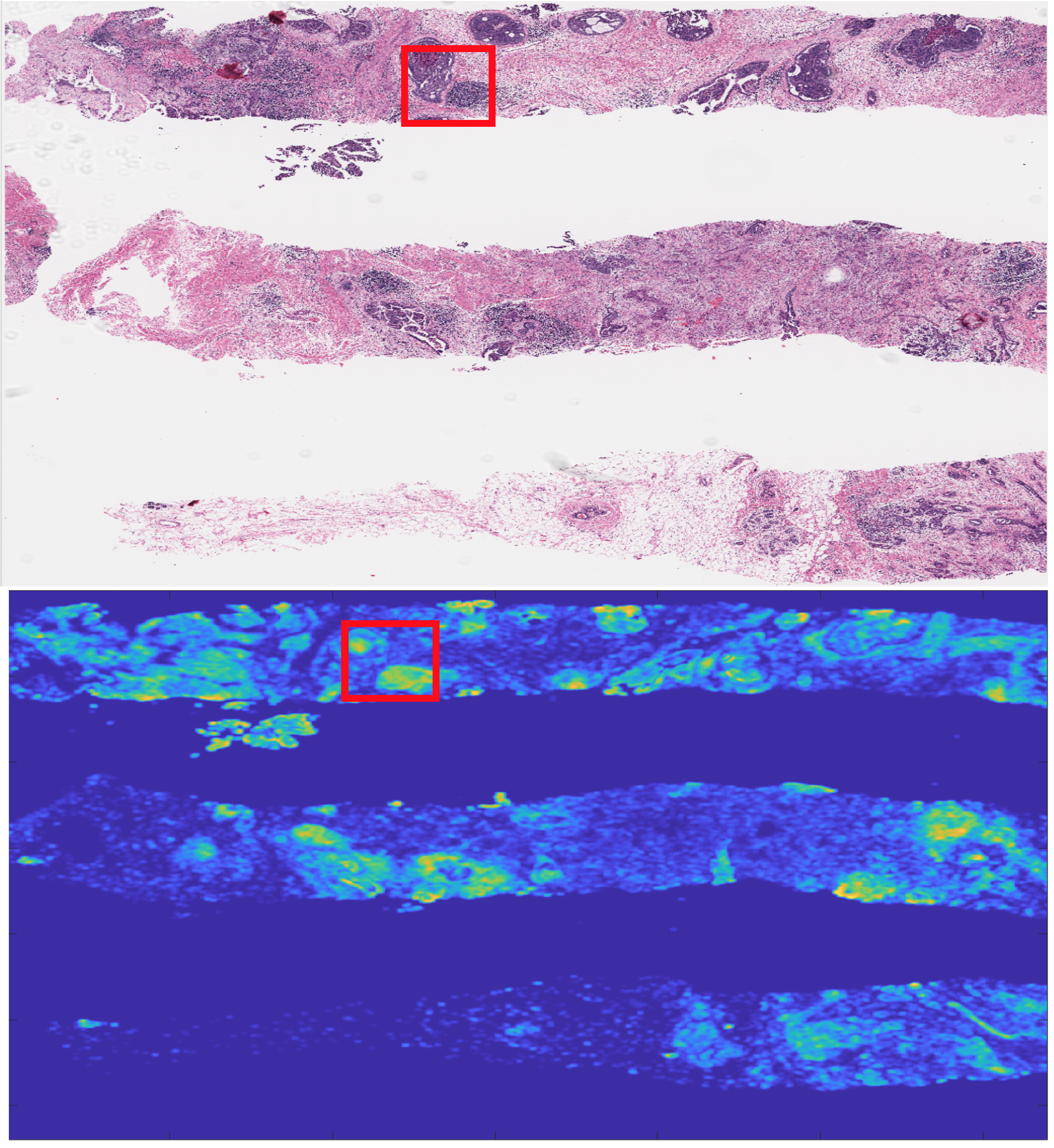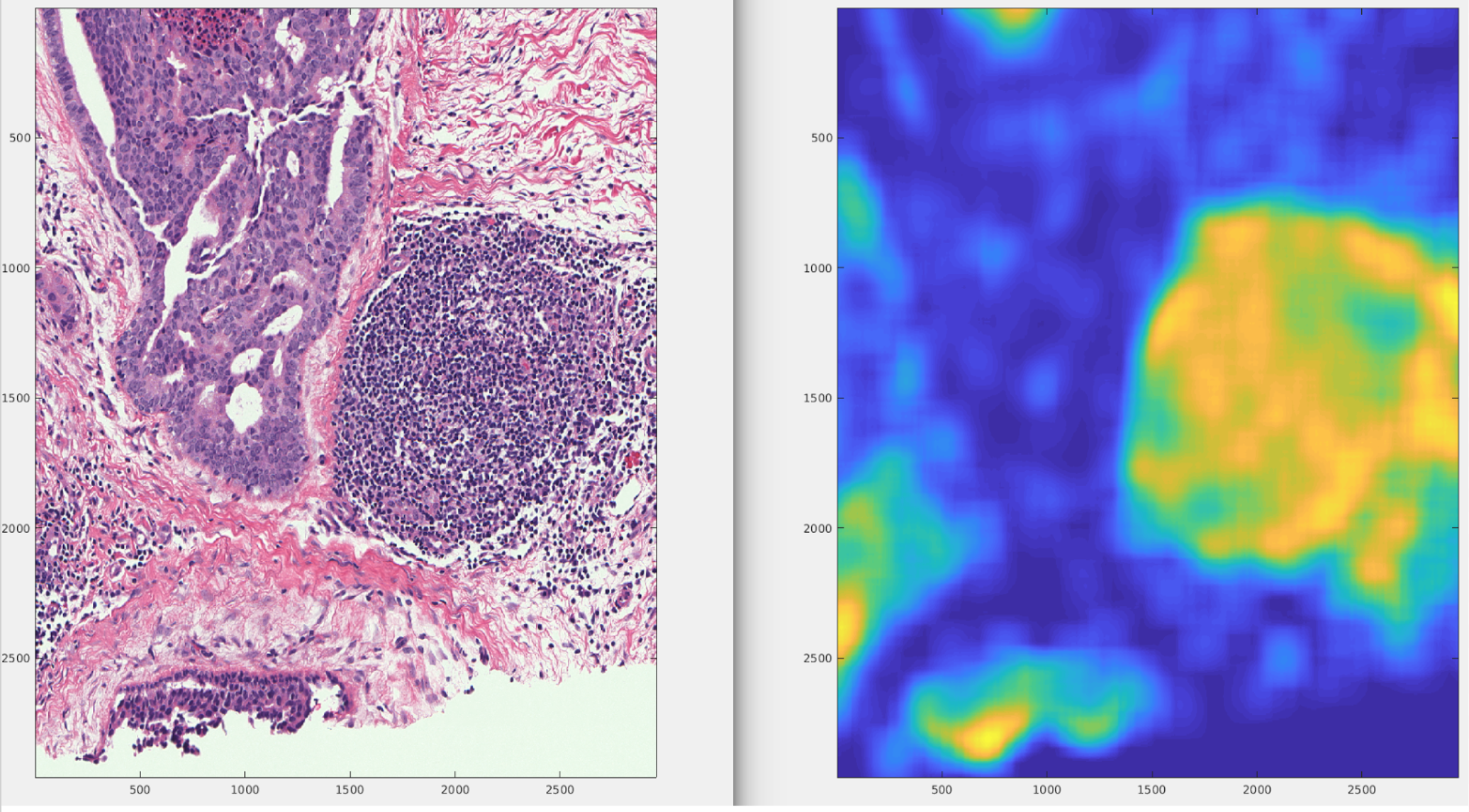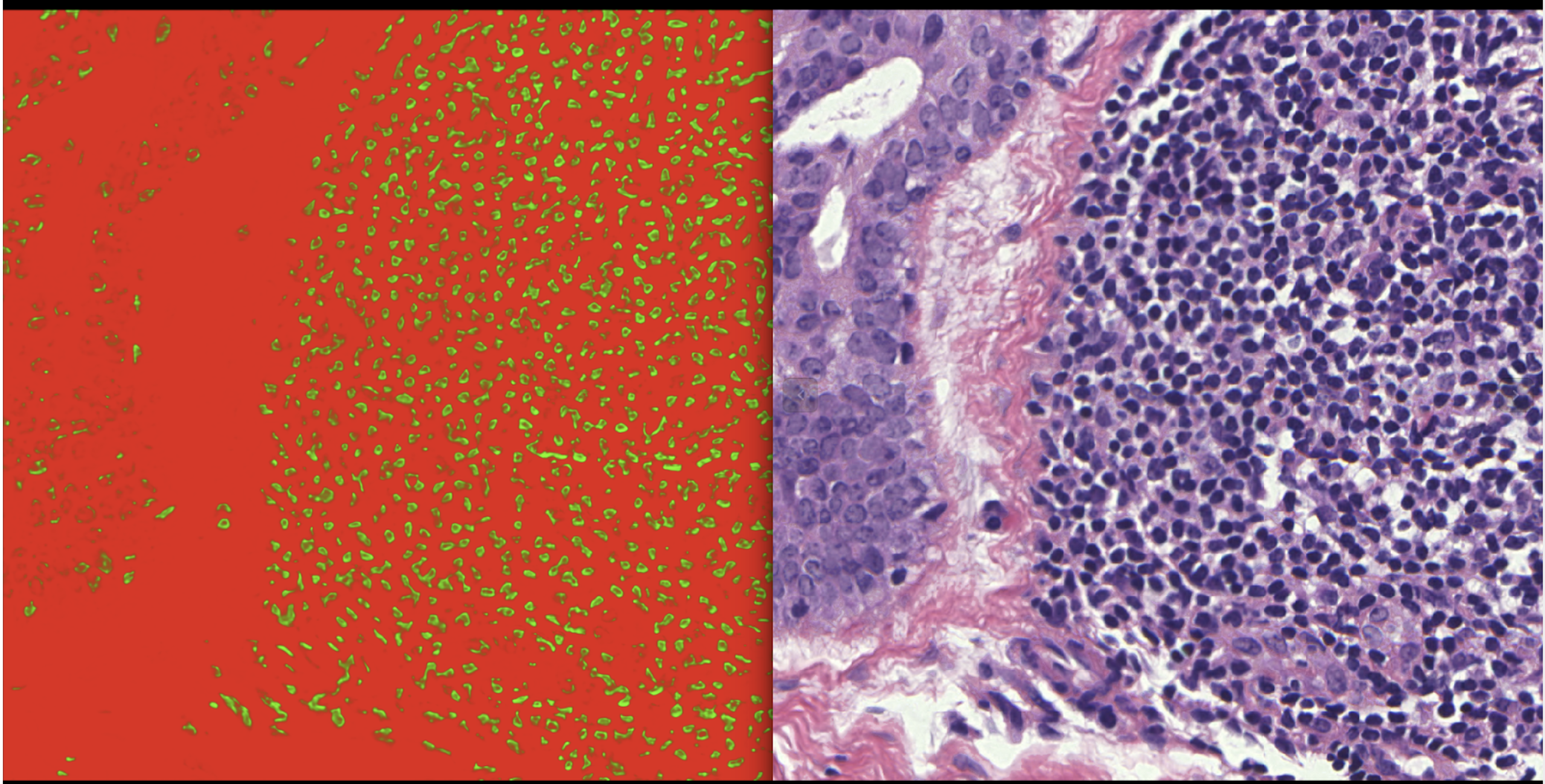Projects
Senior Design
Smart cooking surface
June 2018-June 2019
Team: Dan Johnson (CE/EE), Elizabeth Coniglio (ME), and Carl Anderson (EE)
This 2025 concept video, realsed by Ikea, is what gave us the inspiration for our senior design project. I love tech and building things. At times, programming can be boring if you aren't working on a fun project. This table does not exist yet, and if it did, I would imagine it would be quite expensive. However, we are aiming to actaully build this table and at low cost. While we plan to create this table, there are certain functionalities we plan to include, remove, and create. Our desin is similar to the IKEA concept, but also different in many ways.
My first task is to get the display interface as well as touch screen functionality working. I plan to use a Wii remote in order to sense an IR LED that will allow touch screen functionality on this table.
Natural Language Processing (NLP)
Research Paper on Patented Invention for Corona Aided Catalytic Converter
July 2018-Septmeber 2018
Integrate NLP to score medical student practical exams, saving the company over $2 million each year.
Research
Research Paper on Patented Invention for Corona Aided Catalytic Converter
September 2017-December 2017
I was able to work with one of my professors (Dr. Hamade) in order to write a research paper that has accepted at Shanghai Jiao Tong University. This paper focuses on Dr. Hamade's corona aided catalytic converter, which aims to reduce auto exhaust pollutions. While Dr. Hamade has envisioned many other possible applications, he has only had time to test the catalytic converter on engine exhaust systems. Dr. Hamade had myself and two other students write this paper for him. He decided to give credit to two other students even though we wrote the first 5 revisions of the paper for him. Anyway, since he didn't put my name on it, I have no legal right to show the entire paper on my website. Here are the first four pages. Feel free to contact myself for more info or to purcahse the full pdf if you wish. I wrote this paper, and I have no quals saying so. I have early revisions I wrote, if you don't beleive me.
Deep Learning Image Analysis Algorithm
April 2017-August 2017
In my second co-op, I worked on The Geometric Biomedical Computing Group team. I was tasked with creating a deep learning algorithm to classify pixels as lymphocyte or not. My first step was to understand how deep learning worked and to present to my research group the basics of deep learning including: neural nets, classification, data structures, implementation of Python and MATLAB, and everything in-between. This was a great way for me to start building a deep learning classifier! Next, with the help of Andrew Janowczyk, I was able to build a deep learning pipeline and algorithm using MATLAB and Python. Having been granted access to the Drexel super-computing cluster Proteus, I was able to successfully train, and eventually classify images. This experience really showed me what direction I want to go in terms of my professional future. I hope to get my third co-op in a data science roll where I can continue to grow my deep learning skills.



My aim was to first develop a deep learning algorithm and classifier based on previous works of Andrew Janowczyk, as stated above. I found that this deep learning solution, while extremely effective, was insanely slow. Considering I had access to a super computing cluster (Proteus) provided by Drexel University and the classification was still taking extremely long, I decided to attempt a more trivial solution as well. The images below depict my solution using geometric and spatial references within Hematoxylin and Eosin (H&E) images. The product of my algorithm produced a heat map of these H&E slides, which depict high levels of lymphocyte concentration. Now, rather than running the deep learning algorithm on the entire image (40000x40000 pixels or more) we can focus on just running the deep learning algorithm on smaller sections which can be located with my extremely fast algorithm. Some products of my research done while working in the Geometric Biomedical Computing Group: This research paper is currently the process of being finalized and submitted for review by my peers at The Geometric Biomedical Computing Group. Click here to go to the Geometric Biomedical Computing Group Web page.
- © Untitled
- Design: HTML5 UP